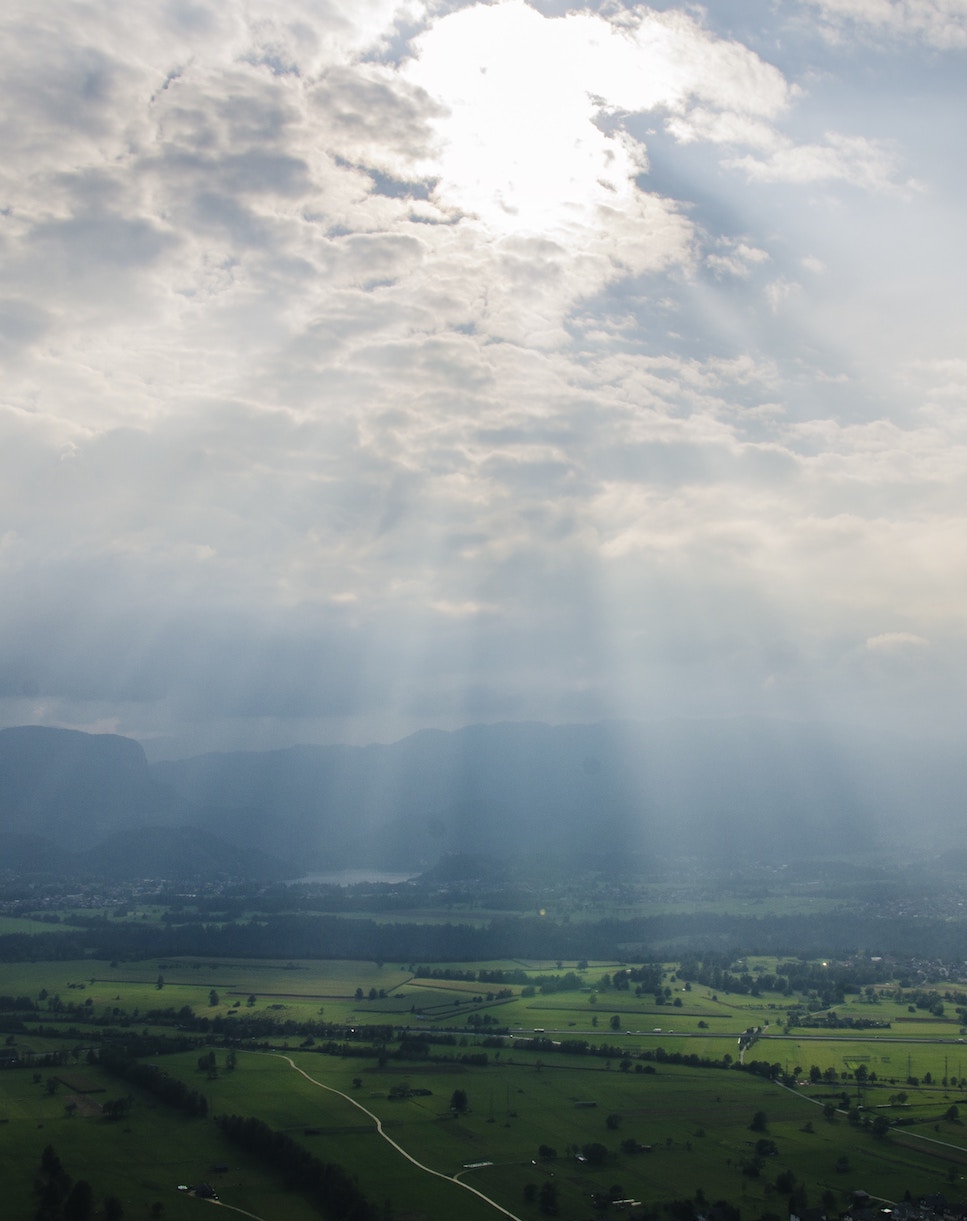Can a sport culture focused on aggressive personal goals and high-intensity workouts also provide a seedbed for kindness? If you’re among the few people who haven’t heard of it, CrossFit is an intensive conditioning program that has taken the fitness world by storm with its rigorous workout approaches and philosophy of personal engagement and commitment. Here in Los Angeles, a group of LGBTQ CrossFit practitioners has formed OutLift to create a welcoming community for LGBTQ athletes and allies, and do some heavy lifting for visibility and tolerance in the process.
I interviewed the five founders to hear more of the OutLift story and learn about how these athletes champion the cause of kindness. On Saturday, June 18, they are conducting a daily workout dedicated to the victims of the recent horrific tragedy in Orlando. Click here to learn more about their event and how to support them no matter where you live.

1. What inspired you to create OutLift? What aspects of CrossFit culture did you want to address?
“CrossFit has been an evolving brand since it first started with military, firemen, police officers, etc.,” says Samantha Kinne, originally from the backwoods of Maine, who heads up outreach for the group. “There is still this stigma that it is only for a certain demographic. My biggest goal has been about making it accessible and inviting for everyone, especially LGBTQ people.”
Kevin Wu, who does programming and coaches workouts for OutLift, adds “I was looking for a social group of like-minded people to do one of my favorite activities. The consistency of CrossFit movements and terminology lends itself to having people from all over work out together, but because affiliates operate independently, you don’t see much interaction between individual boxes [i.e., gyms for CrossFit participants].”
Christian Port, an LA native, longtime nonprofit professional, and social justice advocate, reflects on what gave him the initial idea to form OutLift: “CrossFit has completely transformed my life and empowered the work that I do in ways that I never thought imaginable, and I’ve seen it have that effect on my peers as well. I saw the connection between CrossFit, social justice, and empowerment, and immediately recognized that it had the potential to be a conduit for social change, a disruption to the sense of disenfranchisement I felt during my youth.”
2. What kinds of things do you do within the group and the broader CrossFit community to make it a kinder, more welcoming environment?
Justin Sevakis heads up OutLift’s internal operations and finance. He describes himself as “a grumpy, closeted, pudgy nerd, and within a year became a fit, out and slightly less grumpy fitness enthusiast.”
Justin clarifies that he doesn’t know of any gym owners or coaches who are overtly homophobic. “But certain classically ‘bro’ attitudes can easily creep in from time to time. Having a visible presence for the LGBTQ community within CrossFit reminds the rest of the CrossFit world that we make up a valuable part of the scene. It’s a subtle way of making participating gyms a more welcoming place.”
Samantha believes the nature of the workouts creates kind camaraderie as she does outreach to other boxes. “Doing something new is always scary but in the end, usually worth it. There is something about doing a grueling workout together that builds relationships.” Kevin stresses stress that all athletes and allies are welcome, regardless of ability.
Chris Swanson, a Bay Area native, incorporates this approach into the branding and marketing communications that he spearheads for OutLift. He focuses on getting the word out there “to break down the perceived stereotypes about the sport and help create a brand that is approachable, authentic, and inclusive.” That approach dovetails with his personal experience beginning CrossFit. Although he has participated in a wide range of sports from soccer to gymnastics since childhood, “I was terrified,” he explains, “but by working through fear I found family.”
3. In your ideal world, where will OutLift be in three to five years? How would you like to expand your organization and its impact?
All five founding members see OutLift as a way to create more community among CrossFit gyms across Southern California. They want to break down some of the natural barriers that rise when each box has its own members and culture. Chris describes it as a way to “build stronger communities, providing strength, hope, safety and health.” They also want to help channel CrossFit’s typical high level of engagement to greater good in the world at large. “We’re hoping to work with local charities and do some good works, and also just allow friendships and connections to happen organically, that might not have happened otherwise,” says Justin. Kevin and Samantha both agree with that idea.
When thinking about broader impact, Christian further points out “we have so much work to do to challenge homophobia, transphobia, and stereotypes in athletics at the national level in a meaningful way. We need more honest and direct exposure with CrossFit HQ, and we need more out and proud LGBTQ athletes competing in the CrossFit games. There is a lot of work that we hope to do, such as working with LGBTQ youth and providing them with a safe and welcoming athletic environment that you don’t find in public schools. We hope to be doing big, bold things in the next few years!”
I didn’t go into my conversation with the OutLift founders thinking that a fitness technique would translate into commitments to creating a kinder world. But they reinforced one of the core beliefs I’ve come to in my Kindness Communication work. They turned out to offer a great example of an organization where kind attitudes yield kind results. Energy and commitment, when focused on kind principles such as welcoming and helping others, can translate into much more impact than what it might seem on the surface. If you’d like to stay in the loop with OutLift’s events and mission, I encourage you to like their Facebook page.








